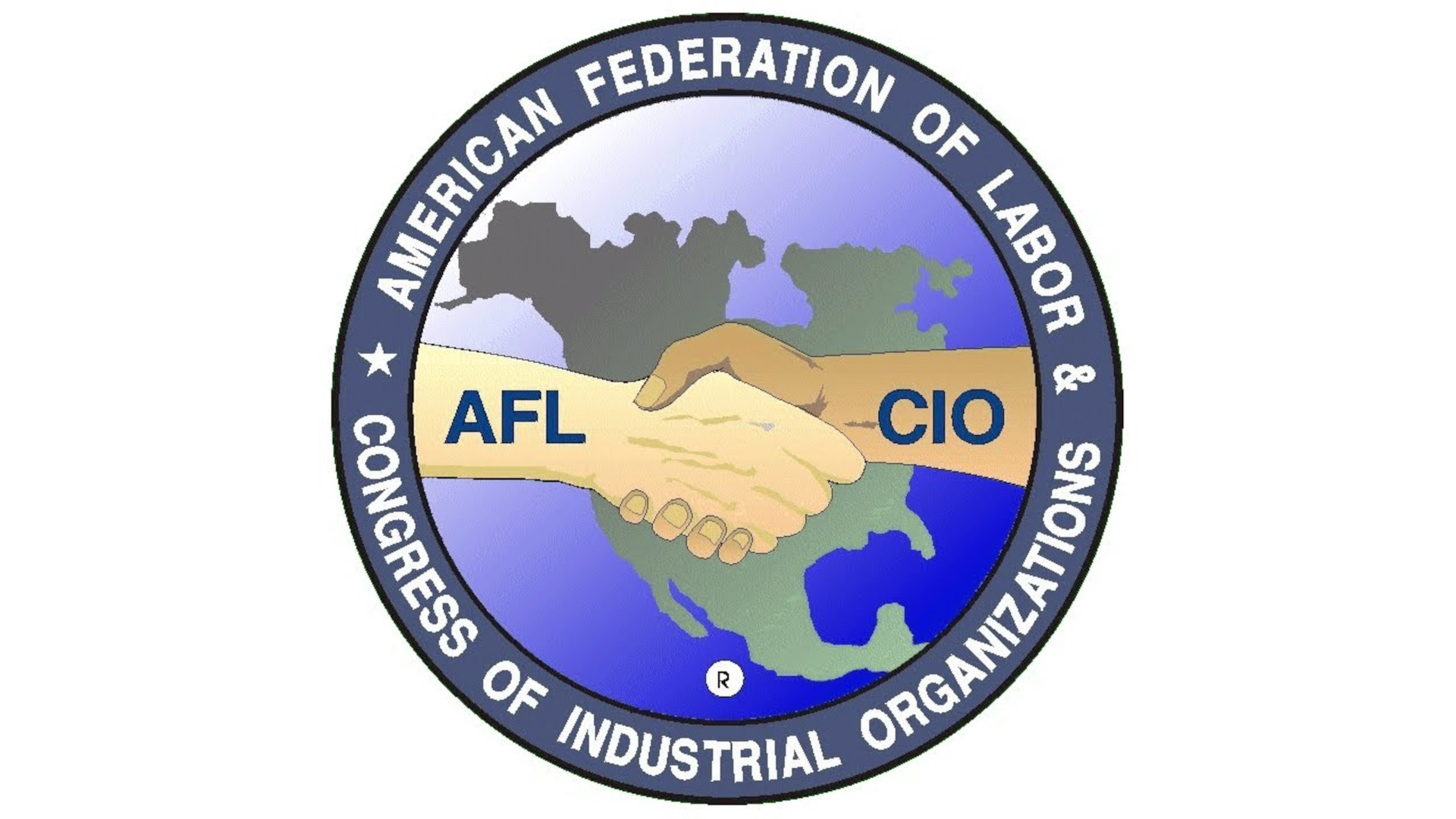“We’re not in a place where the AFL-CIO is going to take the lead on the strategy for the next generation,” said American Flight Attendants Association President Sara Nelson during the recent AFL-CIO convention in Philadelphia. It is very strange for the largest labor organization in the US to be anywhere but at the lead of labor organization. Rather than the AFL-CIO with its 12 million members, the Amazon Labor Union and the Starbucks Workers United have captured the moment inspiring millions of workers to organize into unions.
For decades, there has been an acute absence of militancy in the orientation of the AFL-CIO. In fact, the AFL-CIO has relentlessly pursued a policy of indifference toward organizing and sometimes outright betrayal in the face of mounting challenges for the working class. Several AFL-CIO unions in decades past pushed for ridiculous contracts that effectively cut workers’ wages against rising inflation and implemented the disastrous two-tier system that today has become the center of key struggles with the UMWA Warrior Met Coal strike, the Kellogg’s strike, the UAW Volvo strike, the UAW John Deere strike, and the BCTGM Nabisco strike to name a few which occurred last year.
The two-tier system is at its heart an anti-worker policy that sells out the next generation of workers for temporary gains. The chickens have come home to roost with mass retirements and the discrepancy between new and senior workers more pronounced than before. As further tragedy, workers are at odds with their own unions for selling them out years ago. A long-term and ideologically worker-grounded perspective was absent in the ratification of contracts that sacrificed the future of organized labor. Many wonder why the workers had voted for something so against their long-term interests as a class, but it’s quite simple: most of them didn’t vote.
A key issue with the recent AFL-CIO convention was democracy within the AFL-CIO. The Vermont AFL-CIO submitted to the convention a motion: to allow every member of the AFL-CIO to vote on its national body, rather than just the 500 delegates attending the convention. The Executive Council of the AFL-CIO blocked the motion entirely. But this struggle for union democracy takes place in many other AFL-CIO affiliated unions, and some outside of the AFL-CIO.
The main cause behind the 2021 UAW Volvo strike was an undesirable contract, but the reason the membership wouldn’t ratify it was because contract negotiations occurred without worker representation. One can hardly call the 2021 UAW Local 2069 contract a “negotiation”, in practice it was outright collaboration with Volvo corporate to have the local function as a company union. Where eventually the rank-and-file shop floor workers of the plant, frustrated with their union’s behavior, had to forcefully acquire documents from their own local to uncover the gross collaboration between their union leadership and the corporation. Similar stories of undemocratic processes and collaboration between union leadership and bosses can be found all throughout the labor movement but has become the norm for many millions of workers within the AFL-CIO whose boss-friendly leadership is unwilling or incapable of rectifying.
Many in the labor movement point fingers at laws, specific politicians, or companies for why labor is in the state it is today, but it is easy to put all the blame on the bosses and ignore our own issues. The truth is, a major reason for only a fraction of workers being organized today is that the workers have to fight on two fronts, against their bosses, and against their union.
The fight against the boss for better wages and conditions is undermined by a union leadership which does not have the same interests as the workers they represent. Often, we see union leadership living lives that are indistinguishable from the bosses’, perhaps even running in the same circles as the bosses to line up a cushy consulting job outside the union. These are privileged people, and they act like it.
It is extremely telling that Chris Smalls, a fired Amazon worker with little to nothing, managed to do what the AFL-CIO with all its wealth and expertise, would and could not by organizing the first Amazon fulfillment center. A monumental moment in modern labor history using strategies and tactics developed by militant organizers during the great depression that put to shame the AFL-CIO that is held down by its bankrupt policy of “Business Unionism” which says the workers and bosses have common interests and the main struggle is not on the shop floor, but in the boardroom of the corporations. The fact that the AFL-CIO willingly hosted President Biden at the convention after he did nothing to help the PRO-Act, and the fact that the AFL-CIO refuses to affiliate with the People’s Party should tell you everything you need to know about where the political and economic interests of the Executive Council are.
The American workers, some 100 million or so, are chomping at the bits to strike back against the onslaught of attacks on their wages and conditions, the frustration is palpable, but the AFL-CIO with its 12 million souls, fights with one hand behind its back. AFL-CIO President Liz Shuler at the convention promised nearly a million new members by 2032 but one can’t help but roll their eyes at such a pitiful number given by the most powerful person in labor when it is possible to organize millions more by adopting militant organizing methods with a united effort of all unions in the federation using the organizations immense wealth and infrastructure and ditching its conservative and boss-friendly policies. What is needed, is a strong rank-and-file effort to take back our unions from these lackeys of the bosses and to struggle on our shop floors once again!

